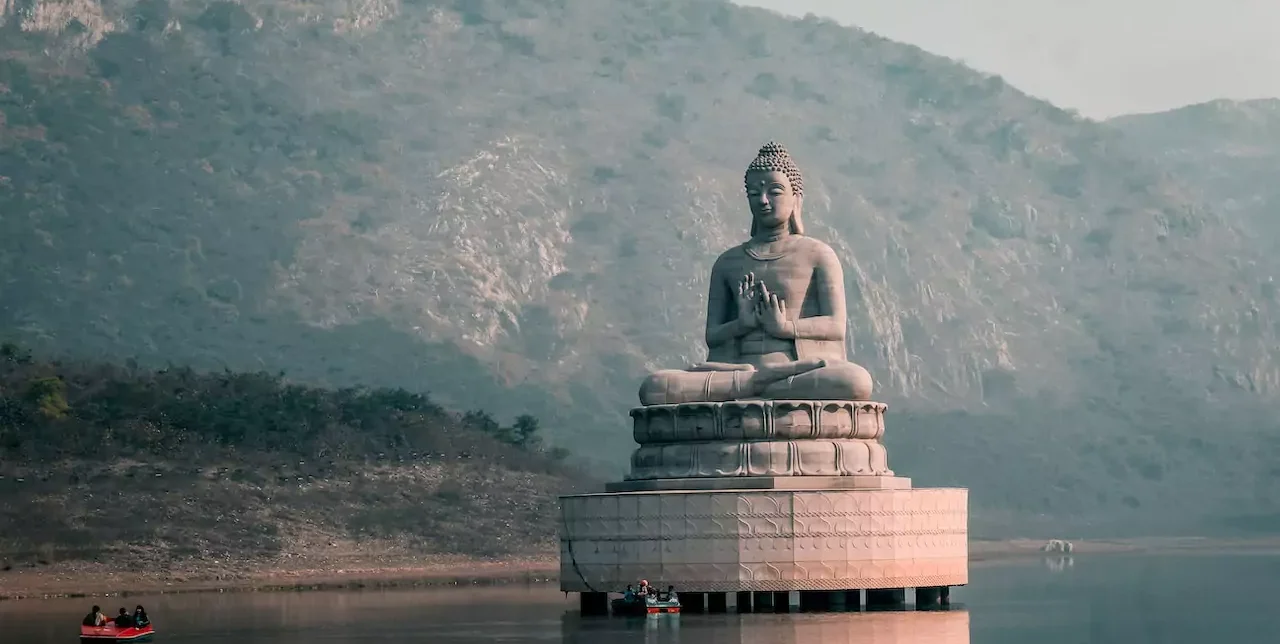Bihar, one of India’s eastern states, has a diverse caste-based demographic profile. The Scheduled Castes , such as Chamar, Dusadh, Dhobi, Paswan, and Musahar, make up a significant portion of the population. While these communities have historically faced socio-economic challenges, efforts have been made over the years to uplift their status. The Other Backward Classes, including the Yadav, Kurmi, and Koeri, are also prominent in Bihar. The general category, encompassing communities like Brahmins, Rajputs, and Bhumihars, forms another significant portion of the state’s populace. This intricate tapestry of castes contributes to Bihar’s rich cultural and social diversity.
Bihar’s Population Overview
1. Religion
- Hinduism: Around 83% of Bihar’s population identifies as Hindu.
- Islam: Approximately 16.5% of the population is Muslim.
- Others: Christians, Sikhs, Buddhists, and Jains together make up about 0.5% of the population.
2. Caste
- Scheduled Castes (SCs): Approximately 16% of Bihar’s population belongs to the Scheduled Castes. This includes castes like Chamar, Dusadh, and Dhobi, among others.
- Scheduled Tribes (STs): The Scheduled Tribe population in Bihar is minimal, around 1.3%.
- Other Backward Classes (OBCs): Around 50% of the population falls under the OBC category. This group includes Yadav, Kurmi, Koeri, and many others.
- General Category: The remaining population, approximately 32.7%, falls under the general category, which includes Brahmins, Rajputs, Bhumihars, and others.
3. District-wise
- Araria: Predominantly Muslim community.
- Arwal: Significant OBC population.
- Aurangabad: Dominant OBC community.
- Banka: Majorly OBCs.
- Begusarai: Dominance of OBCs, especially the Yadav community.
- Bhagalpur: Balanced but slightly tilted towards OBCs.
- Bhojpur: Bhumihars and Rajputs are significant.
- Buxar: Predominantly OBCs.
- Darbhanga: Significant Maithil Brahmin community.
- East Champaran: Majority OBCs, especially Yadavs.
- Gaya: Predominant OBC community.
- Gopalganj: Significant Yadav population.
- Jamui: Majority OBCs.
- Jehanabad: Predominantly OBCs.
- Kaimur: Diverse but OBCs are more prominent.
- Katihar: Dominant Muslim community.
- Khagaria: Majority OBCs.
- Kishanganj: A significant Muslim population.
- Lakhisarai: Balanced but with a slight dominance of OBCs.
- Madhepura: Predominantly Yadavs.
- Madhubani: Diverse but Maithil Brahmins stand out.
- Munger: Mix with a slight tilt towards OBCs.
- Muzaffarpur: Predominantly OBCs, especially Yadavs.
- Nalanda: Balance of OBCs with a slightly higher proportion.
- Nawada: Majorly OBCs.
- Patna: Balanced but with a slight dominance of OBCs.
- Purnia: Significant Muslim community.
- Rohtas: Dominance of OBCs and Rajputs.
- Saharsa: Predominant Yadav community.
- Samastipur: Majority OBCs, especially Yadavs.
- Saran: Significant Yadav and Rajput populations.
- Sheikhpura: Majorly OBCs.
- Sheohar: Predominantly OBC community.
- Sitamarhi: Dominance of OBCs.
- Siwan: Significant Muslim community.
- Supaul: Predominant Yadav community.
- Vaishali: Majority OBCs, especially Yadavs.
- West Champaran: Dominance of OBCs.
Some Frequently Asked Questions
What is percentage of Yadav in Bihar?
The Yadav community is one of the significant communities in Bihar, comprising a notable portion of the population. As of the latest available data, Yadavs are estimated to constitute approximately 14% of Bihar’s population. However, the exact percentage might vary based on different sources and the latest census data.
Which caste is most in Bihar?
The Other Backward Classes, of which Yadavs are a part, are the largest group in Bihar. Among the OBCs, Yadavs are one of the most prominent communities. However, when referring to individual castes, it’s essential to consider the context: numerical dominance, political influence, or socio-economic status.
Which caste is Thakur in Bihar?
In Bihar, the term “Thakur” is often associated with the Rajput community. Rajputs are a prominent upper-caste community known for their historical roles.

Leave a Reply